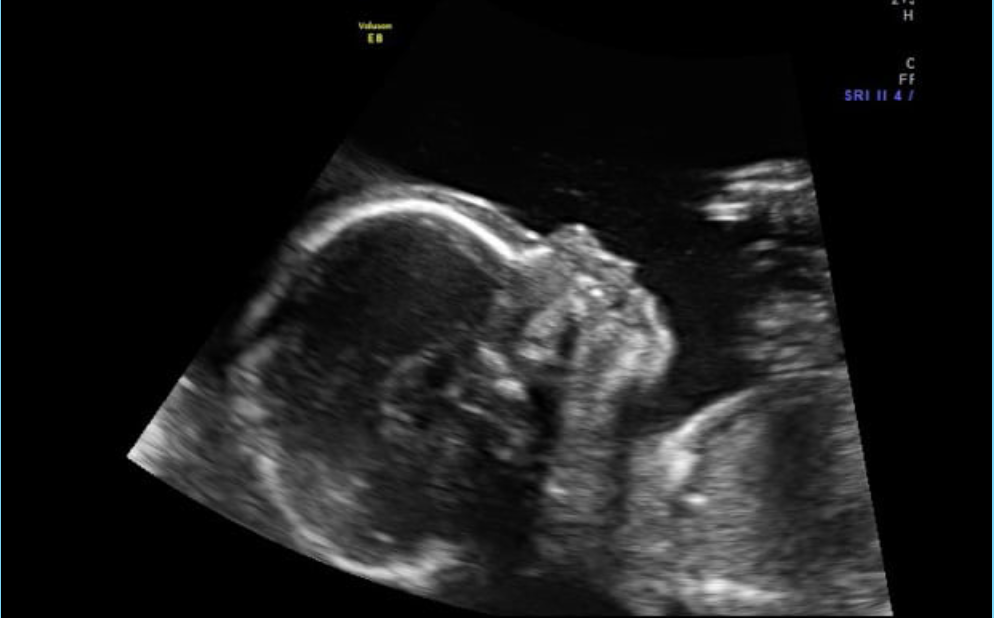Overview
The iFIND project aims to improve the accuracy of routine 18-20 week screening in pregnancy, by bringing together advanced ultrasound and magnetic resonance imaging (MRI) techniques, robotics and computer aided diagnostics. By detecting more problems before birth we hope to provide better information to parents and their doctors, and allow babies to get access to the treatments they need as soon as possible after they are born. Click on the Who, What and Why tabs below for more details.
 Improving Fetal Imaging and Diagnosis
Improving Fetal Imaging and Diagnosis
We are a group of Researchers and Clinicians from Kings College London, St Thomas’ Hospital, Imperial College London, the University of Firenze (Florence, Italy), the Hospital for Sick Children (Toronto, Canada) and Philips Healthcare.
We have been granted an Innovative Engineering for Health Award of £10 million funded by the Wellcome Trust and the Engineering and Physical Sciences Research Council (EPSRC) to develop new computer guided ultrasound technologies that will allow screening of fetal abnormalities in an automated and uniform fashion. We will use state of the art techniques in ultrasound, MRI, robotics and computing to create a multi-probe system for automated ultrasound imaging.
We are proposing the development of new computer-guided ultrasound technologies, which will allow screening of fetal abnormalities in an automated and uniform fashion. It is increasingly clear that using computational and robotic techniques can help with the processing of medical images. To apply these techniques to fetal imaging is very challenging because of the difficulty in acquiring the large number of high quality 3D image data required. This is largely because the data is acquired using a single ultrasound probe. However, the reason that ultrasound systems are made with a single probe is because sonographers can only hold one probe in their hand, with the other hand adapting the settings on the ultrasound system.
The novelty in our approach is to eventually liberate humans from holding probes by using robotic systems and therefore to allow multiple ultrasound probes that can simultaneously acquire large 3-D datasets. This then allows the application of image processing techniques to improve the ultrasound image quality and use of advanced artificial intelligence techniques to help sonographers assess fetuses and eventually achieve higher rates of detection of fetal anomalies.
Prenatal diagnosis of congenital abnormalities has become increasingly important. Making a diagnosis during fetal life permits expectant parents to make informed decisions on the choices available in pregnancy. Currently, screening for fetal abnormalities by ultrasound takes place at 12 weeks and 18-20 weeks. Ultrasound is a powerful tool in fetal imaging. However, the diagnostic accuracy and sensitivity of ultrasound can be limited due to technical restraints in the imaging and there is evidence of major regional and hospital-specific variation in prenatal detection rates of major anomalies. Thus many abnormalities remain undetected. Prenatal diagnosis of some abnormalities can also improve fetal prognosis by allowing a treatment plan to be produced, enabling access to specialist units and appropriate treatments from birth, rather than having a severely ill new-born present without a clear diagnosis or treatment plan.
